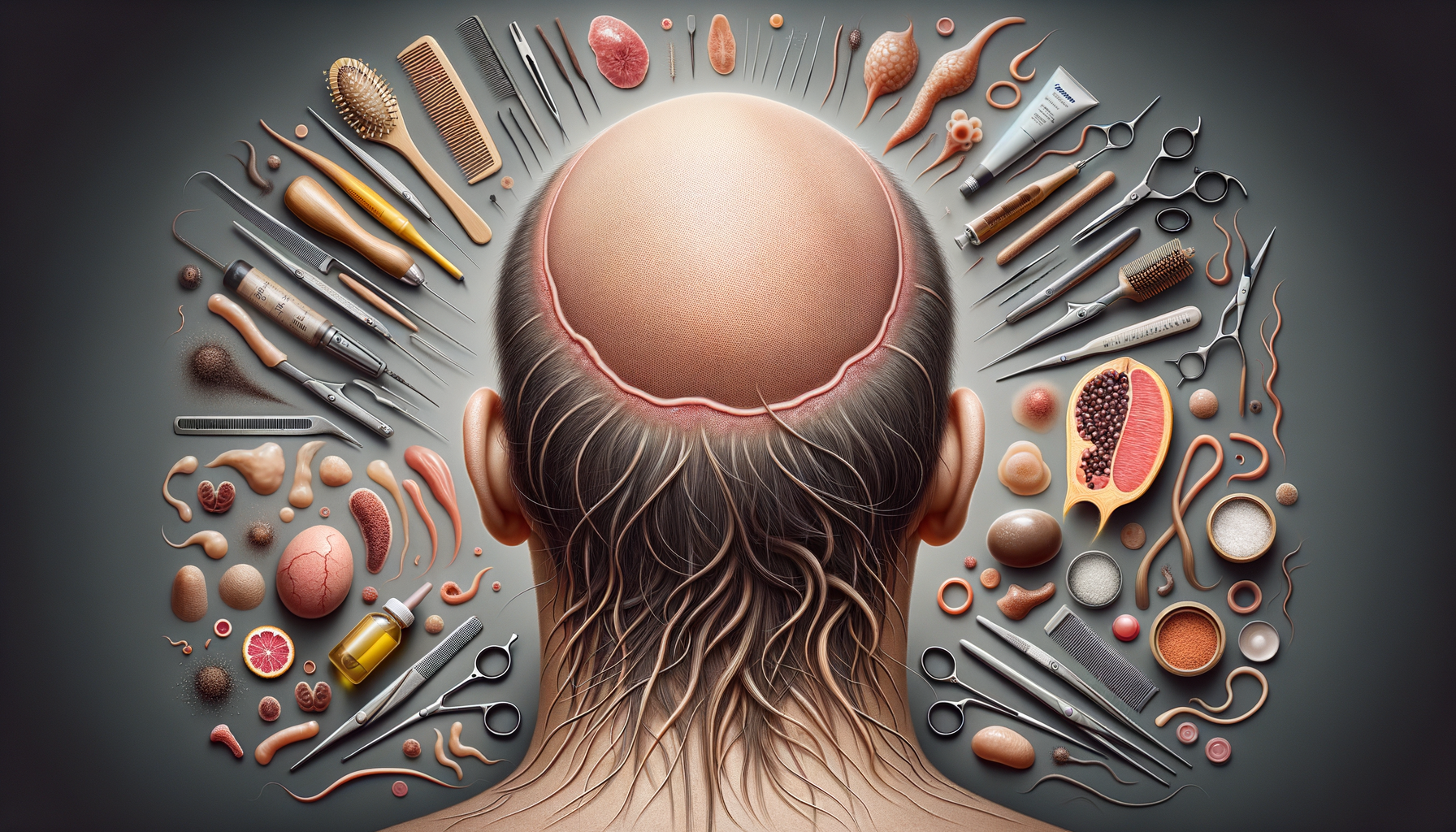
A Closer Look at Modern Hair Transplants — And Why They’re Different Now
Understanding Modern Hair Transplant Techniques
In the realm of cosmetic procedures, hair transplantation has seen significant advancements over the past few decades. Modern techniques have evolved to address the shortcomings of older methods, offering more natural-looking results and minimizing downtime. The two primary techniques used today are Follicular Unit Transplantation (FUT) and Follicular Unit Extraction (FUE). Each method has its unique benefits and considerations.
FUT involves removing a strip of scalp from a donor area, typically the back of the head, and dissecting it into individual follicular units. These units are then transplanted to the balding areas. This method is renowned for its ability to cover larger areas in a single session, making it a viable option for individuals with advanced hair loss. However, it does leave a linear scar, which can be a consideration for those who prefer shorter hairstyles.
On the other hand, FUE involves extracting individual follicular units directly from the scalp, eliminating the need for a linear incision. This method is less invasive and results in minimal scarring, with small dots that are often undetectable once healed. FUE is particularly popular among those who wish to avoid visible scarring and prefer a quicker recovery time. However, it may require multiple sessions to achieve the desired density, especially in extensive cases of hair loss.
Both techniques have their place in modern hair restoration, and the choice often depends on the patient’s specific needs, hair type, and personal preferences. Consulting with a qualified specialist is crucial to determine the most suitable approach.
What to Expect During the Hair Transplant Process
Embarking on a hair transplant journey involves several stages, each designed to ensure the best possible outcome. Understanding what to expect can help alleviate anxiety and prepare individuals for the experience.
The initial consultation is a critical step where the surgeon assesses the extent of hair loss, evaluates the donor area’s quality, and discusses the patient’s goals and expectations. This stage is essential for customizing a treatment plan that aligns with the patient’s unique needs.
Once a plan is established, the procedure itself typically takes several hours, depending on the extent of the transplant. Local anesthesia is used to ensure comfort during the process. Patients can expect to be awake and alert, often engaging in conversation or watching television to pass the time.
Post-procedure, patients may experience mild discomfort, swelling, or redness in the treated areas. These symptoms are generally short-lived, and most individuals return to normal activities within a week. It’s important to follow the surgeon’s aftercare instructions diligently to promote healing and optimize results.
New hair growth typically begins around three months post-transplant, with significant improvements visible after six to nine months. Full results can take up to a year to manifest, as the transplanted hair gradually thickens and integrates with the existing hair.
Considerations Before Undergoing a Hair Transplant
Deciding to undergo a hair transplant is a significant decision that requires careful consideration of various factors. Prospective patients should evaluate their motivations, expectations, and the long-term implications of the procedure.
One crucial factor is understanding the limitations of hair transplantation. While modern techniques offer remarkable results, they cannot create new hair follicles. The success of the transplant largely depends on the availability and quality of the donor hair. Individuals with extensive hair loss and limited donor areas may need to manage their expectations regarding the achievable density.
Cost is another important consideration. Hair transplants can be a substantial financial investment, and it’s essential to weigh this against the potential benefits. While many clinics offer financing options, patients should ensure they are financially prepared for the procedure and any potential follow-up sessions.
Choosing a qualified and experienced surgeon is paramount. Researching credentials, reading reviews, and viewing before-and-after photos can provide insight into a surgeon’s expertise and the quality of their work. A reputable surgeon will provide a comprehensive consultation, discuss potential risks, and set realistic expectations.
Finally, it’s important to consider the emotional aspects of hair transplantation. While many individuals experience increased confidence and satisfaction with their appearance post-procedure, it’s essential to have a healthy mindset and realistic expectations about the results. Hair transplantation can be a life-changing experience, but it’s not a cure-all for self-esteem issues.


